Insights
Google Ads Audience Targeting 2025: How to Reach the Right Audience
On Digitals
14/10/2025
38
Google Ads audience targeting in 2025 plays a crucial role because the real power of Google Ads lies in its ability to connect your products or services directly with people who are most likely to convert, instead of wasting budget on broad campaigns that reach irrelevant audiences.
With smarter algorithms, richer audience insights, and AI-driven signals, businesses now have more opportunities than ever to refine their targeting strategies and focus only on high-value prospects. Let’s explore the details with On Digitals in the article below.
Why Is Google Ads Audience Targeting Important?
Audience targeting is the backbone of every successful Google Ads campaign. Without it, even the best ad copy or creative won’t deliver results.
By effectively leveraging Google Ads Audience Targeting, you’ll yield far more than what you invest. More importantly, you’ll achieve the following strategic advantages:
- Optimize Budget: Thanks to the ability to directly reach your target audience, you can minimize clicks that don’t generate revenue or leads.
- Boost Conversion Rate: When ads are personalized and only shown to users right when they are looking for a solution, their likelihood of taking action (making a purchase, signing up) skyrockets.
- Improve Quality Score: Google highly values relevant ads, so when your campaigns are accurately targeted, your CTR (Click-Through Rate) increases, which in turn improves your Quality Score. A key benefit of having a high Quality Score is preferential treatment in bidding costs and better ad placement on Google, serving as a reward for delivering a positive user experience.
For all these reasons, choosing the right type of audience to target is critical. So, in 2025, which audience segments should you target to ensure your Google Ads campaigns are truly effective? Let’s explore that in the next section.
Types of Audiences You Should Target
Google categorizes a wide array of audience segments, with each type corresponding to a different stage in the customer journey. Understanding and knowing how to combine them is the key to building a high-performing Google Ads Audience Targeting list.
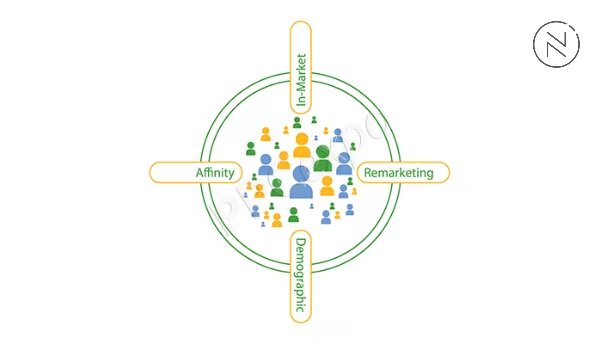
Google ads audience targeting
Your Data Segments (Remarketing)
These are the most valuable audience groups because they have already shown interest in your brand.
- Website Visitors: Target people who have visited your website but haven’t converted yet. These are prospects who are already familiar with you, and a timely remarketing campaign can push them to return and purchase.
- App Users: Target individuals who have downloaded or interacted with your app. This is crucial for encouraging them to reuse the service, upgrade, or make in-app purchases.
- YouTube Users: Includes people who have watched your videos, subscribed to your channel, or interacted with your video ads. They are an audience with a certain level of brand awareness.
- Customer Match List: Upload your list of customer (or prospect) emails and phone numbers to run Up-sell/Cross-sell campaigns or to exclude them from initial awareness campaigns.
Targeting New Audiences
These are the audience groups that help you expand your reach based on Google’s aggregated data.
-
- Similar Segments (Lookalikes): Google searches for new users whose behavior, characteristics, and interests closely resemble those of your high-value customer lists (from Customer Match or Website Visitors). This is an effective way to find new, high-quality leads.
- Demographics: The most basic audience segment, allowing you to target users based on age, gender, marital status, education level, etc. (e.g., Homeowners, College Students).
- Interests and Behaviors:
-
- Affinity Segments: Groups of users with long-term interests and certain habits (e.g., food lovers, travel enthusiasts). Often used for brand awareness campaigns.
- In-Market Segments: Groups of users who are actively researching and intend to purchase a specific product/service in the near future (e.g., searching for “SUV car,” “air conditioner repair service”). This segment is extremely important for conversion campaigns (Google Search Ads Audience Targeting).
- Life Events: Targeting based on major milestones in a user’s life (e.g., about to get married, moving house, graduating soon).
You need to know that not all audience types are available for every campaign type. For instance, In-Market audiences are particularly powerful when combined with Google Search Ads to filter keyword searchers. Conversely, Similar Segments are often most effective in Display or YouTube campaigns. By flexibly combining these audience types, you will create a multi-layered targeting strategy, maximizing ad performance in 2025.
Where to Find Your Audience?
You can find and build your Google Ads Audience Targeting List in two primary locations within the Google Ads interface:
- Audience Manager: This is the data hub located under Tools & Settings. This is where you create core audience lists, such as Customer Match lists, Custom Segments, and Remarketing lists from your website/YouTube traffic.
- Campaign Targeting Settings: Once the lists are created, you apply them to specific campaigns (Search, Display, Video). Here, you decide how to use the audience (e.g., using In-Market and Remarketing audiences in Observation mode to adjust bids in Google Search Ads).
Google’s audience classification is more than just a list of user groups; it is a strategic roadmap that allows you to understand the customer’s intent and their position in the buying journey.
How Google Classifies Audiences in 2025
Google’s classification of audiences based on their intent or position in the buying journey is a direct result of machine learning analysis. Google’s AI systems process user behavior across its own platforms (Search, YouTube, Gmail) and all websites indexed by Google.
This user behavior analysis allows Google to accurately pinpoint the intent, location, and other characteristics of a user segment, enabling advertisers to acquire a high-quality target audience that aligns with their business objectives.
Step-by-Step: How to Set Up Google Ads Audience Targeting
The process for setting up Google Ads audience targeting is executed through the following steps:
- Access The Google Ads Account: Log into your Google Ads account.
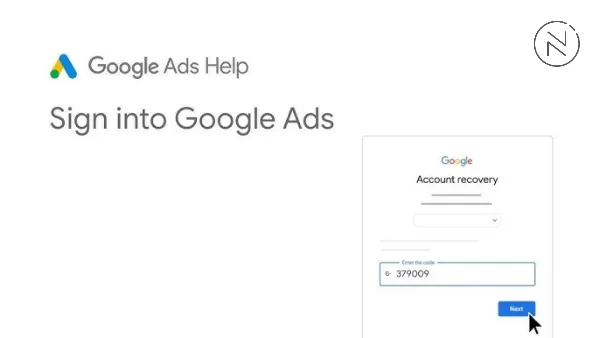
Log in to your Google Ads account
- Choose Your Campaign: Select the specific campaign where you want to apply audience targeting (e.g., a high-performing Google Search Ads campaign, or a new Display/Video campaign).
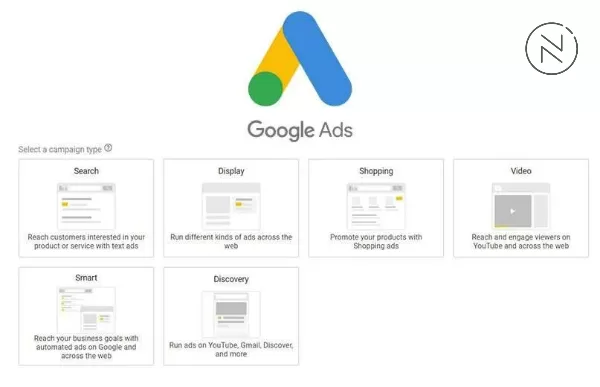
Select the appropriate campaign
- Select Ad Group: Navigate to the Ad Group level you wish to target. This allows you to tailor the ad copy to suit specific audience segments, maximizing relevance.
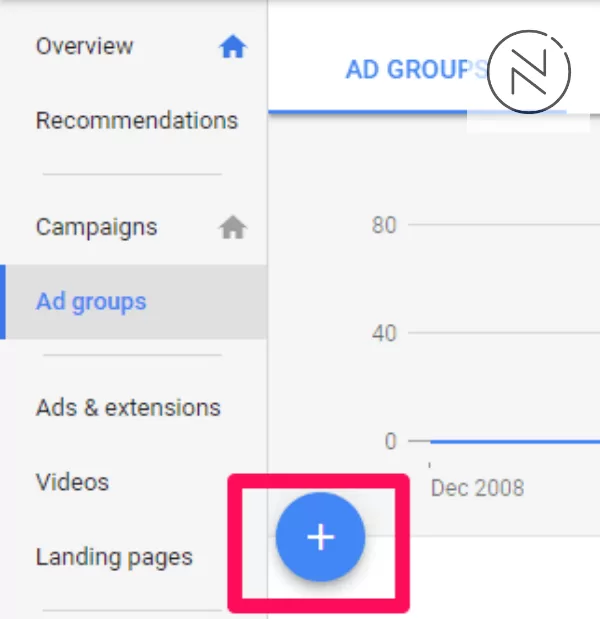
Set up your ad group
- Select the Appropriate Audience:
- In the left-hand menu, select Audiences Segment.
- Browse the categories to select high-value lists, such as Remarketing or Customer Match lists (your data), or In-Market segments (current purchase intent).
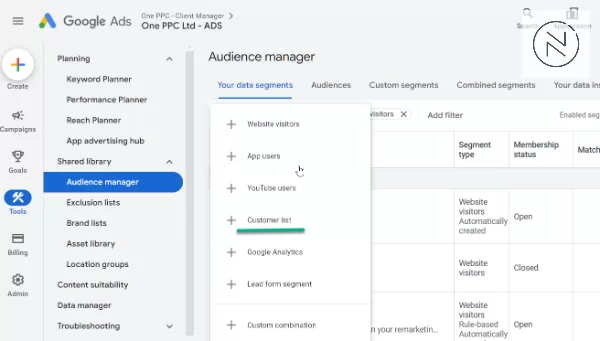
Set up your custom target audience segment
- Set Bid Adjustments: This is a crucial step, especially in Observation mode. Increase bids (e.g., +15% to +30%) for high-value audience groups (like Remarketing and In-Market) to boost the likelihood of your ad showing when they search.
- Finalize Setup: Save the changes.
Important Note: Ensure that you have enabled the Targeting feature in your campaign settings and have the Google Tag correctly installed.
You have now grasped how to set up high-quality audience segments. However, technical setup is only the foundation. To truly make Google Ads audience targeting a competitive advantage in 2025, businesses need to combine precise targeting with continuous optimization, data-driven insights, and strategic execution. All of these points lead us to one clear conclusion: mastering audience targeting is no longer optional, it is the key to success in every Google Ads campaign moving forward.
FAQs: Google Ads Audience Targeting 2025
- What is Google Ads audience targeting and why is it important in 2025?
Google Ads audience targeting is the process of defining who sees your ads, ensuring you reach people most likely to convert. In 2025, with smarter AI and richer data, it’s more critical than ever to optimize budget, boost conversion rates, and improve Quality Score. - Which types of audiences should I include in my Google Ads audience targeting list?
Your list should include remarketing audiences (website visitors, app users, YouTube users), Customer Match lists, Similar Segments, demographic groups, affinity audiences, in-market audiences, and life-event segments depending on campaign goals. - How does Google classify audiences for Google Ads targeting in 2025?
Google uses machine learning to analyze user behavior across Search, YouTube, Gmail, and the web. This helps classify audiences based on demographics, interests, purchase intent, and life events, ensuring more accurate targeting. - How do I set up Google Search Ads audience targeting step by step?
You log into Google Ads, select your campaign and ad group, then choose audiences under targeting settings. You can apply lists via “Observation” mode (adjust bids on keywords + audiences) or “Targeting” mode (show ads only to selected audiences). - What are the best practices to maximize results with Google Ads audience targeting?
Combine remarketing with in-market audiences, use bid adjustments for high-value segments, exclude irrelevant users, run A/B tests, and leverage smart bidding with AI. These practices help improve CTR, reduce wasted spend, and increase ROI.
Mastering Google Ads Audience Targeting in 2025 with On Digitals
In 2025, Google Ads audience targeting has become the backbone of every successful campaign. From building the right audience targeting list to leveraging Google Search Ads audience targeting, the key lies in connecting with the right people at the right time. By understanding how Google classifies audiences, setting up precise targeting, and applying best practices, businesses can optimize budget, increase conversions, and maximize ROI. Simply put, mastering audience targeting is no longer optional, it is the defining factor that separates thriving campaigns from wasted ad spend.
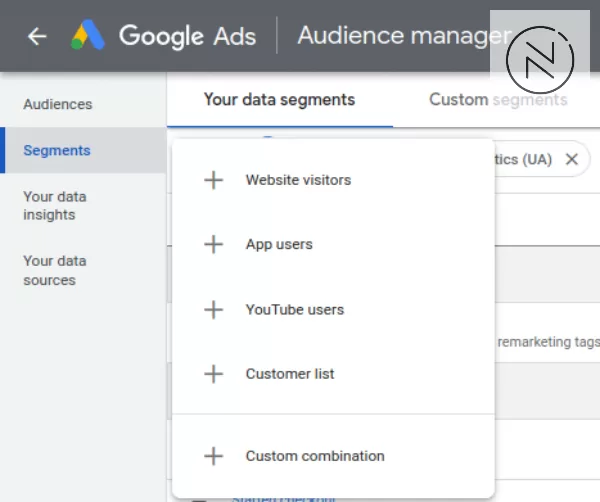
Mastering Google Ads Audience Targeting in 2025 with On Digitals
At On Digitals, we specialize in helping businesses unlock the full potential of Google Ads through data-driven audience targeting strategies. With proven expertise in crafting Google Ads target audience lists, optimizing campaigns, and aligning them with your business objectives, our team ensures that every dollar spent delivers measurable results. If you’re ready to scale your campaigns and dominate your market in 2025, On Digitals is the partner you need to achieve it.
NEWEST POSTS
- A Complete Guide to Programmatic Advertising for Digital Campaign Success
- A Complete Guide to Influencer Marketing ROI for Better Performance
- Account Based Marketing For B2B Teams Seeking Stronger Growth
- How To Spot Fake Followers On Influencer Profiles And Boost ROI
- Nano Vs micro influencers: Key differences And Best Uses
Read more
